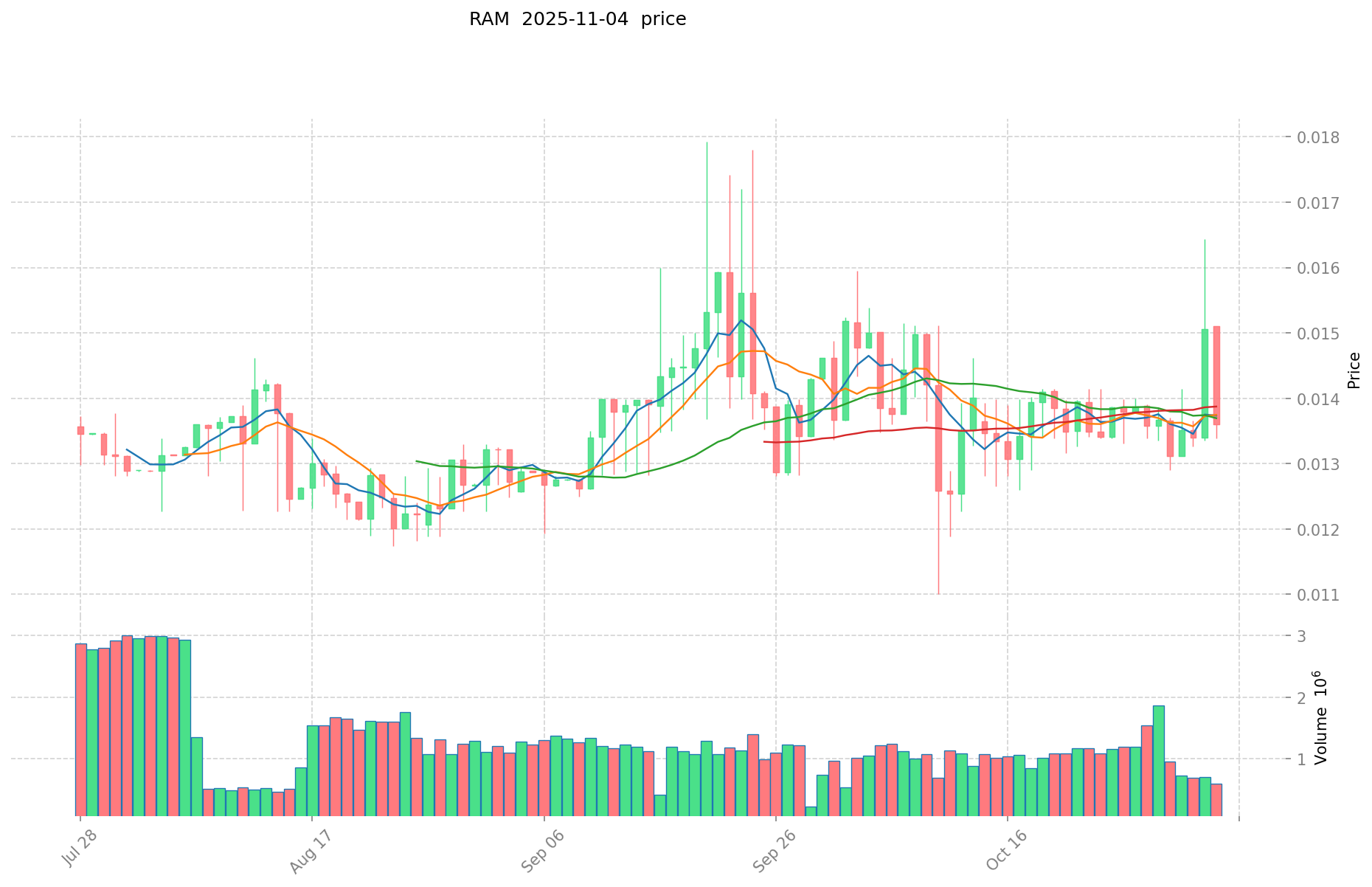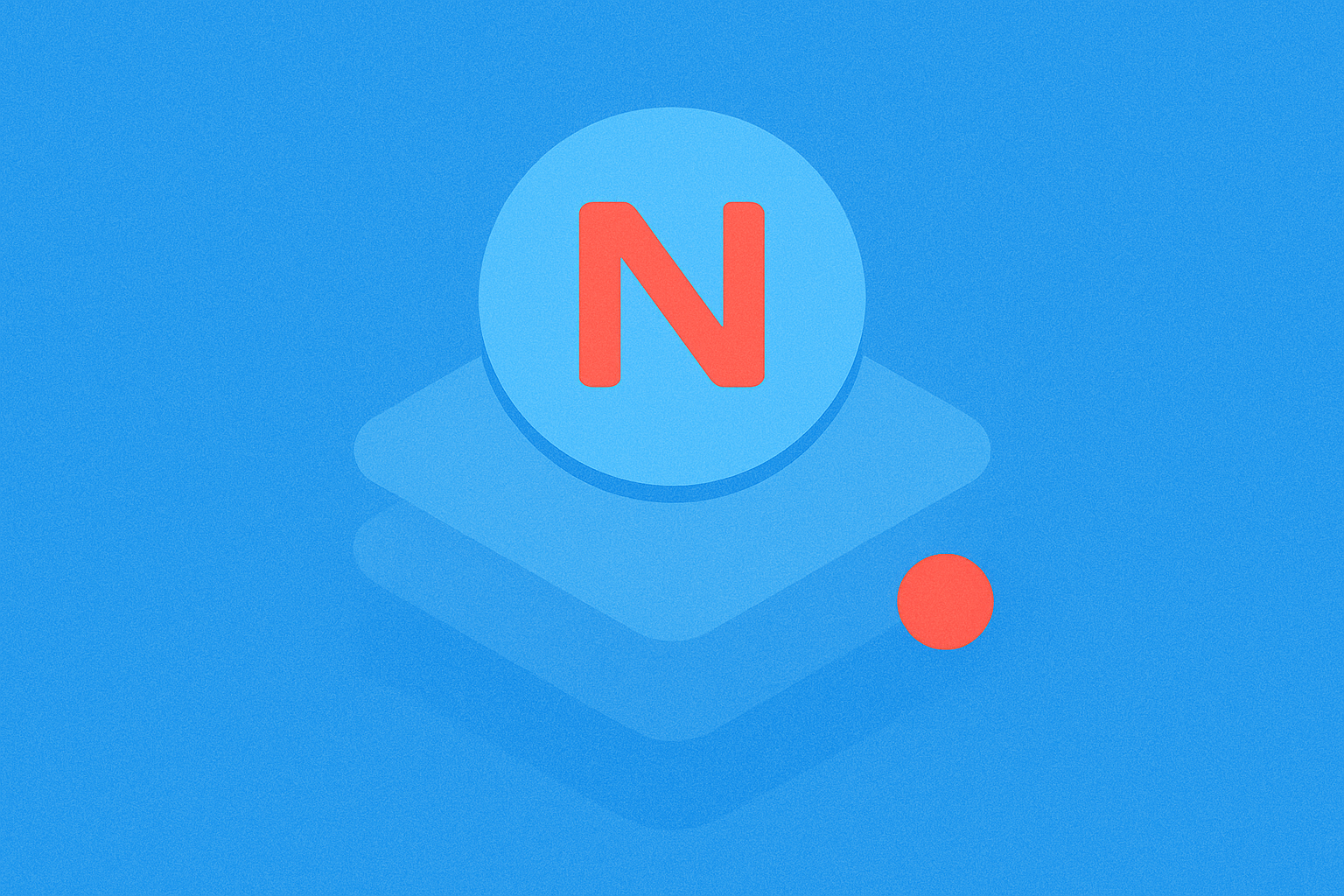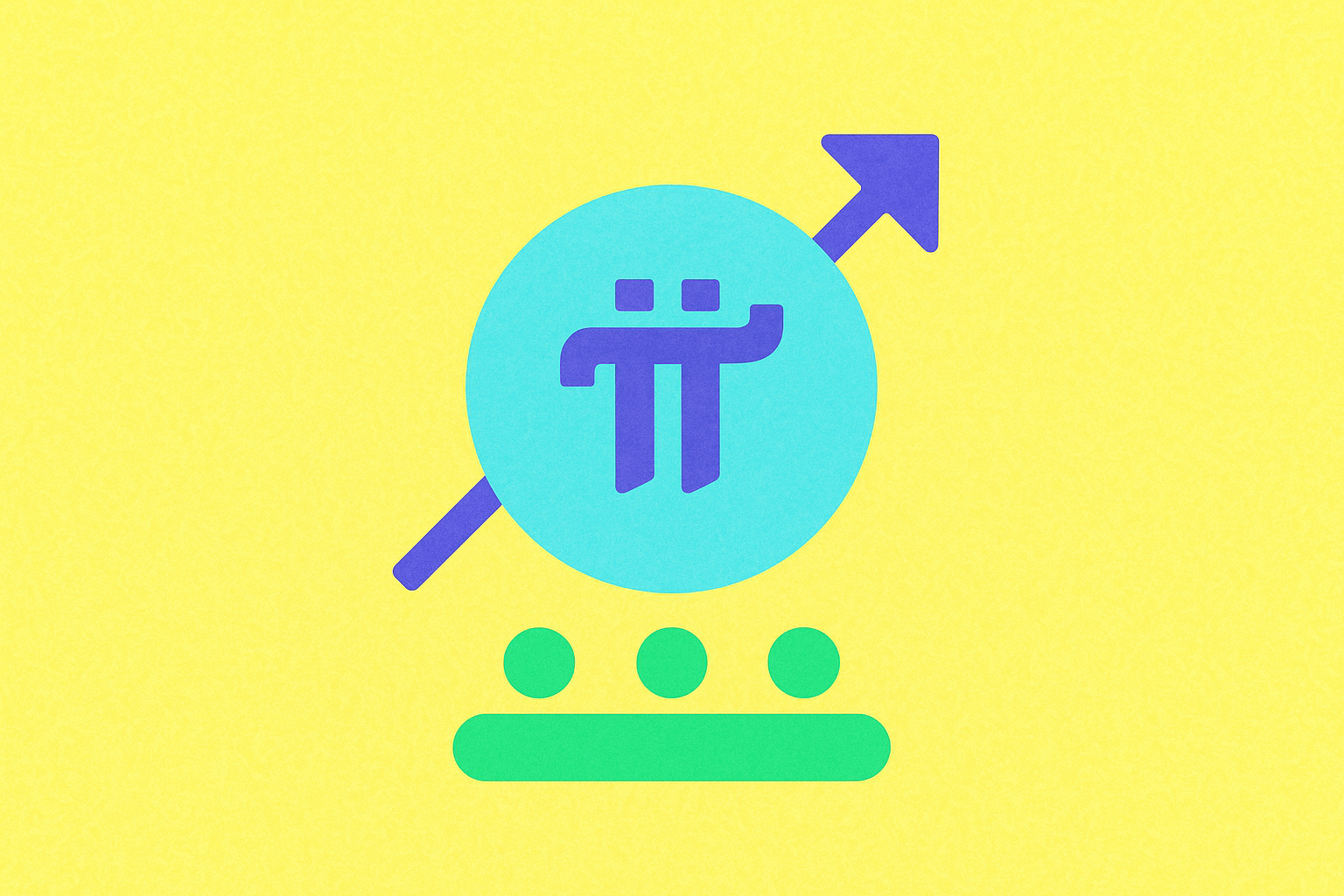RAM nedir: Bilgisayar Belleği ve Performansa Etkisi

Ramifi Protocol'ün Konumlandırılması ve Önemi
2021 yılında Ramifi Protocol (RAM), merkeziyetsiz ve algoritmik bir stablecoin olarak hayata geçirildi. Enflasyon karşısında satın alma gücünü korumanın zorluklarına çözüm üretmeyi amaçladı. Belirli bir varlığa sabitlenmeyen, benzersiz bir stablecoin olarak Ramifi Protocol, DeFi sektöründe kritik bir öneme sahip.
2025 yılı itibarıyla Ramifi Protocol, stablecoin pazarında yenilikçi bir oyuncu olarak öne çıkıyor ve kullanıcılara temel varlıklarının satın alma gücünü daha iyi kavrayabilmeleri için yeni imkânlar sunuyor. Bu rapor, protokolün teknik altyapısını, piyasa performansını ve gelecekteki potansiyelini ele alacak.
Kökeni ve Gelişim Süreci
Kuruluş Arka Planı
Ramifi Protocol, dalgalı ekonomik koşullarda satın alma gücünü doğru ölçmek ve korumak amacıyla 2021 yılında geliştirildi. Enflasyonun ve geleneksel itibari paraların değer kaybının endişe konusu olduğu bir dönemde ortaya çıktı. Amaç, ABD dolarının satın alma gücünü dinamik bir emtia sepetiyle ölçerek kullanıcıların varlıklarının gerçek değerini daha doğru bir biçimde göstermektir.
Önemli Dönüm Noktaları
- 2021: Ana ağ başlatıldı, sentetik emtia değer atama yöntemi tanıtıldı.
- 2024: En düşük fiyatı olan $0,00534443 seviyesine ulaşarak zorlu piyasa koşullarında dayanıklılığını gösterdi.
- 2025: Proje, artan kullanıcı tabanı ve DeFi ekosisteminde yükselen benimsenme ile gelişmeye devam etti.
Topluluk ve geliştirme ekibinin desteğiyle Ramifi Protocol, teknolojisini, güvenliğini ve gerçek dünya uygulamalarını optimize etmeyi sürdürüyor.
Ramifi Protocol Nasıl Çalışır?
Merkezi Kurum Kontrolü Yok
Ramifi Protocol, dünya genelinde dağıtılmış bilgisayar (node) ağı üzerinde çalışır ve bankalar ya da hükümetler tarafından yönetilmez. Node'lar işlemleri doğrulamak için iş birliği yapar; bu sayede sistem şeffaflığı, saldırılara karşı dayanıklılık ve kullanıcılara daha fazla özerklik ile ağın güçlenmesi sağlanır.
Blockchain Temeli
Ramifi Protocol'ün blockchain'i, tüm işlemlerin kaydedildiği herkese açık ve değiştirilemez dijital bir defterdir. İşlemler bloklara gruplanır ve kriptografik hash'lerle birbirine bağlı güvenli bir zincir oluşturur. Kayıtlar herkes tarafından görüntülenebilir; aracıya gerek kalmadan güven ortamı sağlanır.
Adaletin Sağlanması
Ramifi Protocol, işlemleri doğrulamak ve çift harcama gibi dolandırıcılığı engellemek için bir konsensüs mekanizması kullanıyor olabilir. Katılımcılar staking veya node çalıştırma gibi faaliyetlerle ağ güvenliğini sağlarken, RAM token ile ödüllendirilir.
Güvenli İşlemler
Ramifi Protocol, işlemleri korumak için açık-özel anahtar şifreleme teknolojisi kullanır:
- Özel anahtarlar (gizli şifre gibi) işlemleri imzalamak için kullanılır
- Açık anahtarlar (hesap numarası gibi) sahipliği doğrulamak için kullanılır
Bu mekanizma hem fon güvenliğini hem işlem gizliliğini sağlar. Protokolün, varlıkları bir emtia sepetine dayalı olarak değerlendirmesi, enflasyon ve para birimi değer kaybına karşı ek bir koruma sunar.
RAM Piyasa Performansı
Dolaşım Durumu
04 Kasım 2025 tarihi itibarıyla RAM’in dolaşımdaki arzı 362.000 token, toplam arzı ise 7.213.000’dir.
Fiyat Dalgalanmaları
RAM, 21 Nisan 2021 tarihinde $3,85 ile tarihi zirveye ulaştı. En düşük fiyatı $0,00534443 olup 09 Ağustos 2024’te gerçekleşti. Bu fiyat hareketleri, piyasa algısı, benimsenme eğilimleri ve dışsal faktörleri yansıtmaktadır.
Güncel RAM piyasa fiyatını görüntülemek için tıklayın

Ramifi Protocol Ekosistemi: Uygulamalar ve İş Birlikleri
Temel Kullanım Alanları
Ramifi Protocol ekosistemi farklı uygulamaları destekler:
- DeFi: Protokolün kendisi algoritmik stablecoin işlevi sunar.
- Sentetik Varlıklar: Ramifi, ABD dolarının satın alma gücünü izlemek için bir emtia sepeti kullanır.
Stratejik Ortaklıklar
Ramifi Protocol, şu anda önemli bir iş birliği duyurusu yapmamıştır. Proje, hâlen erken aşama gelişim ve ekosistem büyümesi sürecindedir.
Tartışmalar ve Zorluklar
Ramifi Protocol şu zorluklarla karşı karşıya:
- Teknik Engeller: Varlık teminatı olmadan algoritmik stablecoin istikrarını sürdürmek
- Regülasyon Riskleri: Stablecoin niteliği sebebiyle finansal düzenleyicilerden gelebilecek denetimler
- Rekabet Baskısı: Diğer algoritmik stablecoin’ler ve geleneksel varlık teminatlı stablecoin’lerle rekabet
Bu konular, toplulukta ve piyasada tartışmalara yol açıyor ve Ramifi Protocol’ün sürekli yenilik geliştirmesini teşvik ediyor.
Ramifi Protocol Topluluğu ve Sosyal Medya Atmosferi
Takipçi Heyecanı
Ramifi Protocol topluluğu hâlâ gelişme aşamasında ve büyüme ile etkileşim hakkında sınırlı veri mevcut.
Sosyal Medya Algısı
X platformunda Ramifi Protocol’e dair algı çeşitlidir:
- Destekçiler stablecoin tasarımındaki yenilikçi yaklaşımı ve enflasyon takibini övüyor.
- Eleştirmenler algoritmik stablecoin’lerin istikrarı ve uzun vadeli sürdürülebilirliği konusunda endişelerini dile getiriyor.
Son dönemdeki gelişmeler, projenin ilerlemesiyle temkinli bir ilgi ortaya koyuyor.
Gündem Konuları
X kullanıcıları, Ramifi Protocol’ün sentetik emtialar için benzersiz değer atama yöntemini ve enflasyon ile satın alma gücünün takibine etkisini tartışıyor.
Ramifi Protocol Hakkında Daha Fazla Bilgi Kaynağı
- Resmi Web Sitesi: Özellikler, kullanım alanları ve en güncel bilgiler için Ramifi Protocol’ün resmi web sitesini ziyaret edin.
- X Güncellemeleri: X platformunda Ramifi Protocol @RamifiProtocol hesabını kullanıyor ve proje geliştirme ile topluluk faaliyetleri hakkında güncellemeler sunuyor.
Ramifi Protocol Gelecek Yol Haritası
- Ekosistem Hedefleri: RAM token’ın kullanımını yaygınlaştırmak ve algoritmik istikrar mekanizmasını geliştirmek
- Uzun Vadeli Vizyon: Satın alma gücü ve enflasyonu doğru izleyen lider algoritmik stablecoin konumuna ulaşmak
Ramifi Protocol’e Nasıl Katılabilirsiniz?
- Satın Alma Kanalları: RAM’i Gate.com üzerinden satın alın
- Saklama Çözümleri: BEP-20 token’larla uyumlu Web3 cüzdanlarını güvenli saklama için kullanın
- Yönetişim Katılımı: Olası DAO veya yönetişim uygulamalarını takip edin
- Ekosistemi Oluşturma: Geliştirme fırsatlarıyla ilgili güncellemeler için resmi kanalları takip edin
Özet
Ramifi Protocol, algoritmik stablecoin yaklaşımıyla dijital paranın tanımını yeniden şekillendiriyor; enflasyon takibi ve satın alma gücü istikrarı sunuyor. Yenilikçi konsepti ve sentetik emtia değerleme odaklı yapısıyla kripto para dünyasında dikkat çekiyor. Algoritmik istikrar ve piyasa kabulü alanında zorluklar yaşasa da, Ramifi Protocol’ün yenilikçi vizyonu ve stablecoin tasarımındaki özgün yaklaşımı, onu merkeziyetsiz finans ekosisteminde takip edilmeye değer bir proje haline getiriyor. İster yeni, ister deneyimli bir kullanıcı olun, Ramifi Protocol stablecoin ve enflasyon takibi konusunda keşfetmeye değer bir bakış açısı sunuyor.
Sıkça Sorulan Sorular
8GB mı, 16GB RAM mi gerekli?
Yoğun işlemler veya uzun vadeli kullanım için 16GB RAM genellikle daha uygundur. Daha yüksek RAM, kaynak gerektiren uygulamalarda ve çoklu görevde daha akıcı performans sağlar.
Kaç GB RAM tercih edilmeli?
Çoğu kullanıcı için 16GB RAM önerilir. Temel işlemler için 8GB yeterli olabilir; yüksek performans gerektiren uygulamalar için ise 32GB ve üzeri tercih edilebilir.
16GB RAM neden avantajlı?
16GB RAM, çoklu görev ve bellek yoğun uygulamaların sorunsuz çalışmasını sağlar, farklı işlemler için yeterli alan sunar.
RAM mi, GB mı daha iyi?
RAM ile GB doğrudan karşılaştırılamaz. RAM, GB cinsinden ölçülen bir bellek türüdür. RAM miktarı performansı artırırken, GB genellikle depolama kapasitesini ifade eder.

2025 LUNA Fiyat Tahmini: İyileşme Sonrası Dönemde Piyasa Trendleri ve Büyüme Potansiyelinin Analizi

2025 LUNA Fiyat Tahmini: Gelişen Piyasa Koşullarında Kripto Dalgalanmalarında Yön Bulmak

On-Chain veri analizi, Resolv'un ağındaki aktiviteleri ve kullanıcı davranışlarını nasıl gözler önüne serer?

SINGLE nedir: Tek başına yaşamanın yükselen trendi ve bunun toplum üzerindeki etkileri

Dijital çağda radyo iletişimini kökten değiştiren RSR nedir

RESOLV nedir: Sürdürülebilir enerji çözümlerine devrimci bir yaklaşımın incelenmesi

Token Unlock'ları: 2025 yılında kripto para fiyatlarına etkilerini anlamak

2025 IDEX Fiyat Tahmini: Uzman Analizi ve Önümüzdeki Yıla Yönelik Piyasa Öngörüsü

2025 NBLU Fiyat Tahmini: Uzman Analizi ve Önümüzdeki Yıl için Piyasa Tahmini

Anoma: Web3 geliştirimine yenilik getiren bir Blockchain protokolü

Pi Network’den Hızlı ve Kolay Şekilde Nakit Çıkış Yapma Yöntemleri







